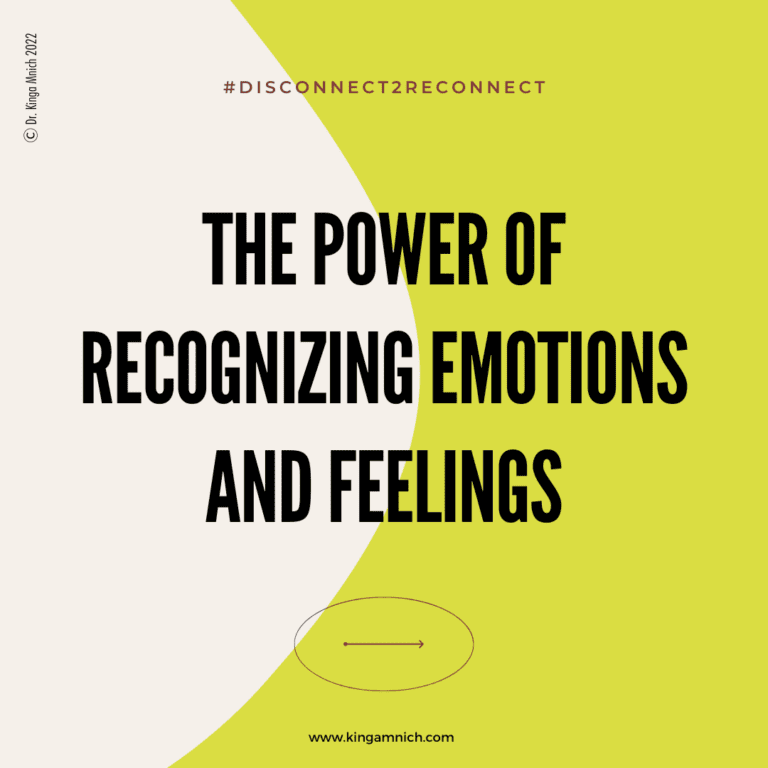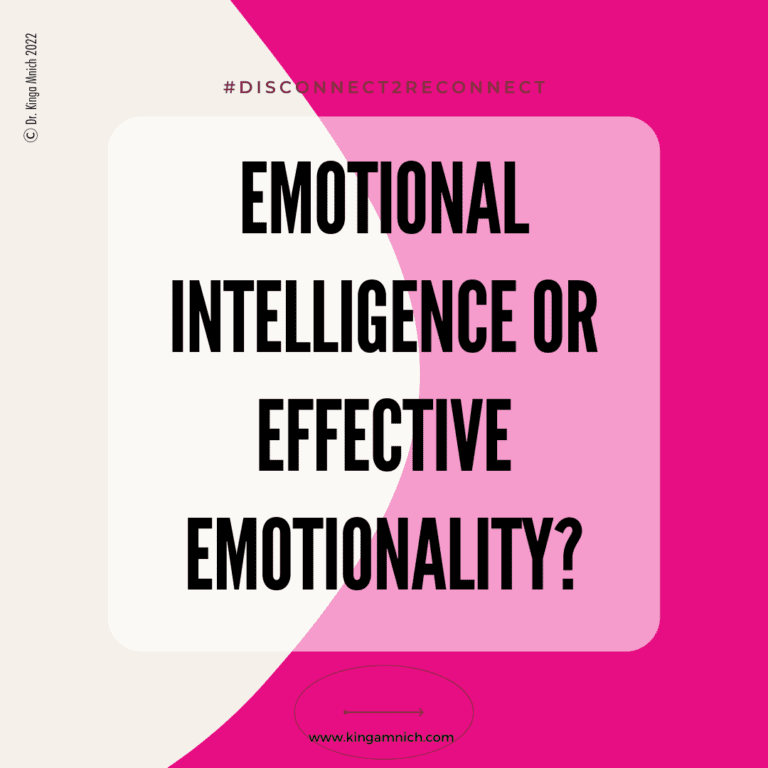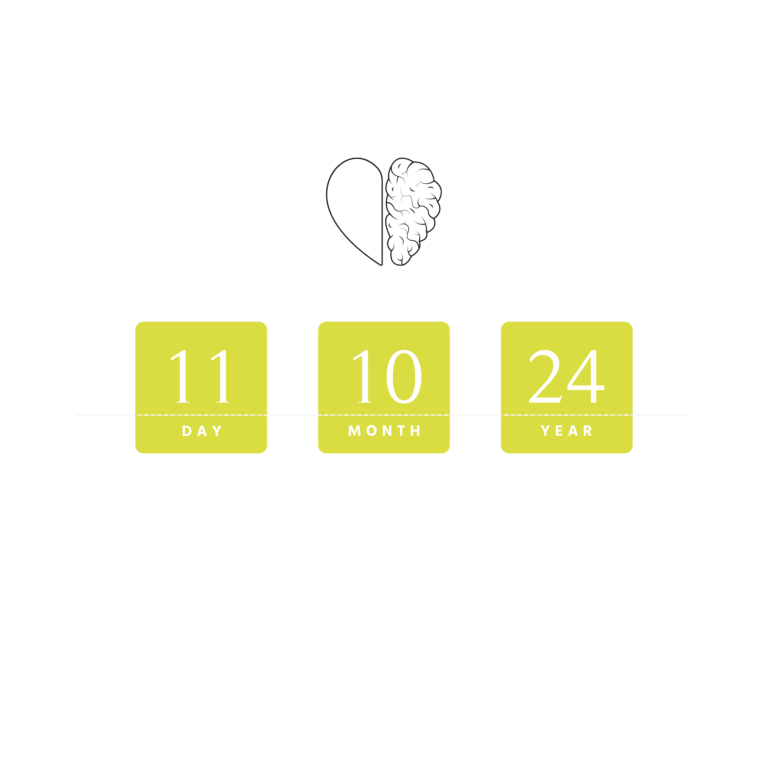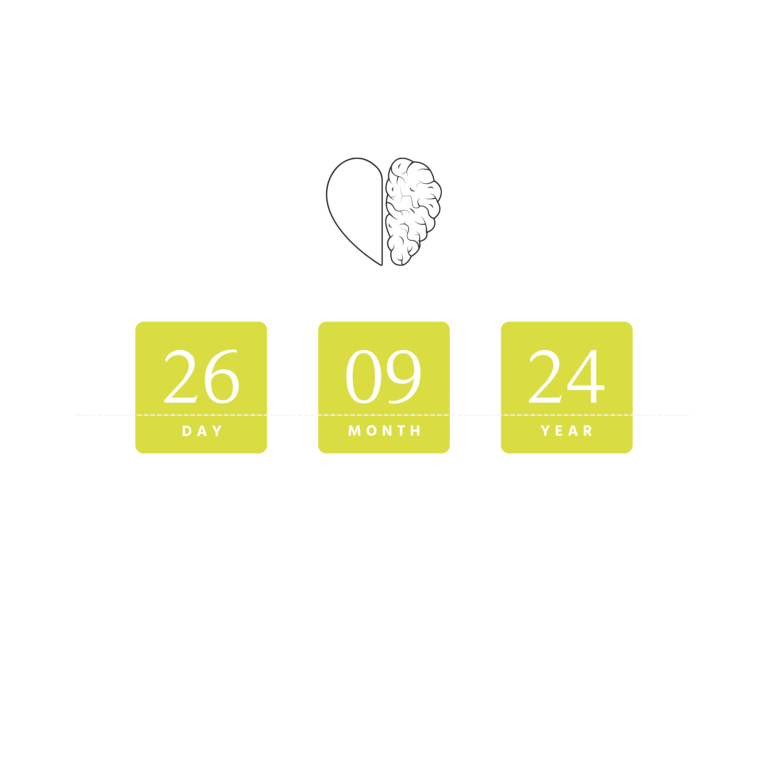Emotions and feelings are two different things. Understanding the difference is the key to developing emotional intelligence and adjusting your internal emotional compass. Following a few simple steps will enable you to gain personal freedom and turn highly stressful situations into manageable passing moments.
How would your life look if unpleasant emotions didn’t feel like an earthquake? Or a room full of people criticizing your idea wouldn’t shake your confidence but would, instead, allow you to feel calm, understanding that this is not about you, but about the task at hand?
Instead, how often do you feel unsure about listening to your emotions? Or not know if you should allow yourself to express what you are feeling? Maybe you don’t even know what you are feeling and which emotions you are experiencing?
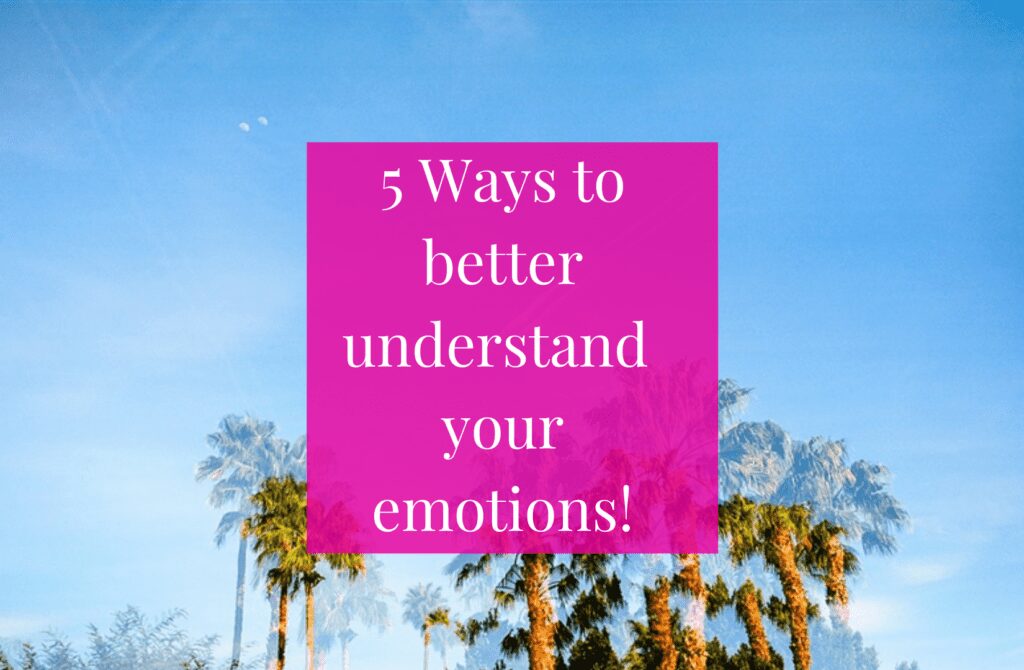
Is embracing your emotions the solution?
Understanding your emotions doesn’t start with the popular concept of ‘fully embracing them’. It begins by understanding that your ‘feelings’ are not your emotions and your emotions shouldn’t determine your behavior. And, while it is certainly normal to be unsure whether or not to listen to your emotions, if you are feeling unsure, then it is time to:
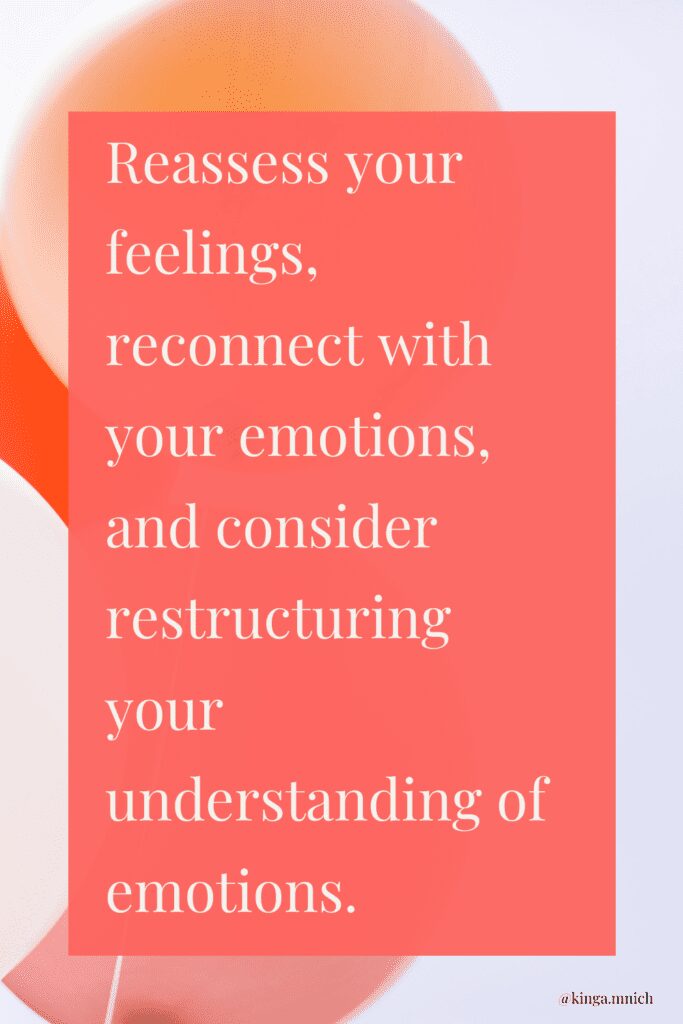
- Permit yourself to reassess your feelings.
- Reconnect with your emotions, and
- Consider reconstructing your understanding of those feelings.
Emotions are complex yet straightforward. The complexity comes from your expectations through socialization and the culture you live in. Meaning, others – outside influences – are structuring your emotions. As a result, what you think you are feeling might not be what you are genuinely feeling. Sounds confusing?
But they are also straightforward when you start seeing them for what they are: energy in motion. Meaning simply chemical experiences in your body that, once you strip away the cultural connotations, you are left with an inner body sensation that is up to you to be interpreted.
The confusing part about emotions
Depending on which expert you speak with, you will hear different opinions on the topic of emotions – AND, remember that we are still learning more and more about emotions every day. For example, Lisa Feldman Barrett uncovered, just in recent years, that as individuals, we experience and process emotions in different areas of our brain – something which was completely unknown before. Until Barrett published her conclusions, the world of emotions was dominated by Paul Ekman and his theory of Universal emotions (Ekman held that emotions were the same for everyone).
So, we now understand that emotions are in a continuous flow, but, unfortunately, different researchers are using different terminology to refer back to the same phenomenon. As a result, feelings are often portrayed as emotions or physical reactions.
What do we now know about emotions and feelings?
Let’s start with some very basic, baby-step explanations. Emotions are neural reactions to outside stimulus, for example, loud noises, the sight of a rainbow, telephone calls about a relative’s health, etc. Each individual receives the same stimulus in response to the same incident. BUT, cultural symbols and processes in each individual impact how the individual is affected by the emotion. A rich person may immediately discount an unexpected $200 invoice, but a poor person may have their day thrown in a loop because of it.
It is these cultural symbols and processes, based on individual socialization, that take emotions (similar for all of us) and transform them into feelings (individual to each of us). Taken together, emotions and feelings mediate between a person’s inner and outer world; we can find emotions and feelings within every interaction.
Are you too emotional?
I would say that it is impossible to be unemotional: meaning, as humans, we cannot interact without communicating emotions at the same time. According to Lutz and White, “Concepts of emotion emerge as a kind of language of the self – a code for statements about intentions, actions, and social relations” (Lutz & White 1986:417).
Psychologist Martin Seligman tells us that all emotions have a feeling, a sensory, a thinking, and an action component. Therefore feelings and emotions aren’t the same. Our emotions are a complex construct of social, cultural, and individual ideas. Feelings override everything that is going on and act as a sensory alarm. Feelings are rather personal, while emotions reflect the dynamic between the individual and the social world.
As humans, we validate who we are and who we want to be through emotions within interactions. We require others to send through body language emotional symbols that can, adversely, make us respond in a specific way. Emotions provide identity confirmation and verification through their contribution to the feeling of power, status, and belonging. According to Seligman ‘feelings are states, momentary occurrences that need not be recurring features of personality.’
Emotional Awareness
Since we cannot be ‘not emotional’ – meaning, at any stage of life, not having any feelings or not communicating emotions at all – it is important that we learn how to interpret our own emotions. But before we can do that, we have to learn how to become conscious of our emotions and our reactions to them. This element of emotions is widely underestimated.
Generally, people focus too often on the negative aspect of any dynamic — the negative feelings which arise whenever a situation is uncomfortable. Ironically, we can say the same about psychology, where much of the research on emotions focuses on negative emotions and feelings.
And yet, understanding the function of emotions and your reaction to them can help you realize that you do, in fact, hold power over your feelings and your own identity.
Five Steps to take back power over your emotions
Step 1 Visualize the difference between the physical experience of your emotions and the cultural meaning.
A great example is the feeling of judgment. This is a particular issue for working moms. Their own desire to work collides with certain social and cultural expectations. All it takes to make a working mom feel judged and guilty of not being a good mom is another parent pointing out that she might be working too much. Or commenting that it is not good for a child to have a full-time working mother. In this situation, it doesn’t matter if the child is thriving and the mother is fulfilled through her work. What seems to matter more is how the external expectations are subconsciously going to evoke the feeling of guilt.

What is needed here is for the mother to develop a strong value base and the ability to reflect on the dynamic process of emotions. In other words, feeling different about social norms can generate a disconnect between the mother’s inner and outer world: there is no need for her to live by all the rules set around her by others.
Step 2 Redirect your focus toward positive feelings
In a situation such as the above, it is wise to develop the ability to redirect your attention to uplifting emotions. This will ameliorate the negative feelings that cultural expectations are placing on you. Further, it will allow you to start to override and block them. Actively bringing up happy memories – such as the progress the child is making at home and at school – quickly enables you to switch your focus to what matters to you.
Step 3 Create boundaries.
Unfortunately, many people are involved in relationships that impact them negatively. These can be with co-workers who speak negatively about others, are quick to point out errors, and never give praise to others. Or, it can be family members who endlessly criticize. In addition, people that don’t respect boundaries, and pound out their pessimistic beliefs as factual knowledge.
No matter who these people are, you have the right to create boundaries. More so, in extreme cases, stop seeing them altogether. Essentially, creating boundaries is about building a wall that allows you to choose what kind of emotions you would like to be exposed to. And to keep out those you need to avoid as they are negatively affecting you.
Step 4 Keep an ‘emotion’ diary.
Writing down your own emotional experiences isn’t just healthy because you are unloading what is happening inside you; it is, more importantly, a way to allow yourself to reflect on what you are experiencing and how you feel about it. This process allows you to revisit your feelings and helps you react, next time, much more in alignment with your core beliefs.
This inherently will create a more positive experience of your emotions and give you a sense of having taken back your world power. We live in a world of empowerment, but it is not others who empower you – it is yourself. As you start to acknowledge your own power over your reality, you will discover that the very essence of power will allow you to live an independent life on your own terms.
Step 5 Enjoy the enlightenment.
Developing the ability to breathe when you feel like exploding is what I would call the enlightenment phase. In this step, you fully recognize that positive and negative emotions have equal value – in your world. They are coloring your world and giving you a sense of belonging and being alive.
We experience the world through sensations, and our emotions are part of these sensations. The moment you become aware of this and allow yourself to step back from the spontaneous experience of emotions, is the day you become free. Free of judgment, free of expectations, and free of yearning to feel good all the time. The key to this freedom lies in the balance.
These are just a few particle steps that you can take to create more emotional balance in your life. I hope you will follow some of our other posts to learn more about social psychology and how it can improve your life.
And if you are curious about how you can your personal skills further, feel free to join the Ziva Way Community and get invited to monthly complimentary group coaching sessions.

Some additional notes:
What is Emotional Intelligence?
Emotional Intelligence (or EI) is defined as the ability to:
Recognize, understand and manage our emotions and the ones of others, as well as positively influence them.
In practical terms, it means to be aware that emotions drive our behavior and impact people (positively and negatively). And we need to learn how to manage these reactions in us and others.
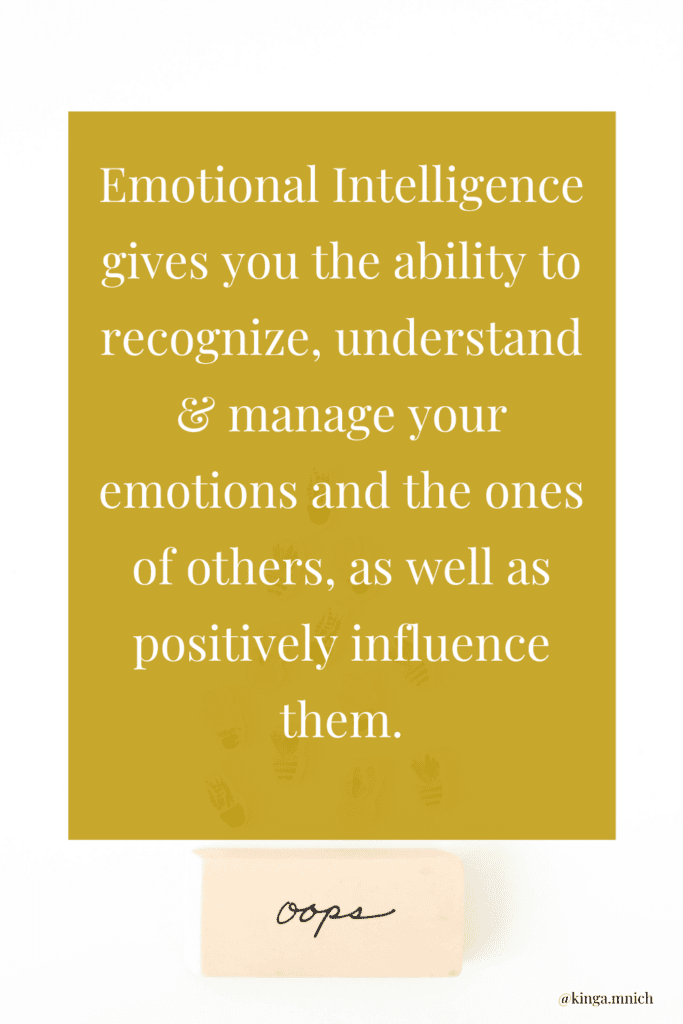
Managing emotions is especially important in situations when we are under pressure. For example, when we are…
- Giving and receiving feedback
- Speaking in front of people on a difficult subject
- Dealing with a challenging relationship
- Stepping out of our comfort
- Creating change
- Expecting excellence from our team
- Having expectations toward others
- Meeting tight deadlines
- Preparing for difficult situations
- Navigating change
- Working through setbacks and failure
Read more:
Articles
- How to Become a Scientist of Your Own Emotions
- How people want to feel determines whether others can influence their emotions
- Positive psychology in practice
- The Individualization Of Emotions And The Practice Of It!
Books:
Authentic Happiness: Using the New Positive Psychology to Realize Your Potential for Lasting FulfillmentLove 2.0: Finding Happiness and Health in Moments of Connection
How Emotions Are Made: The Secret Life of the Brain


